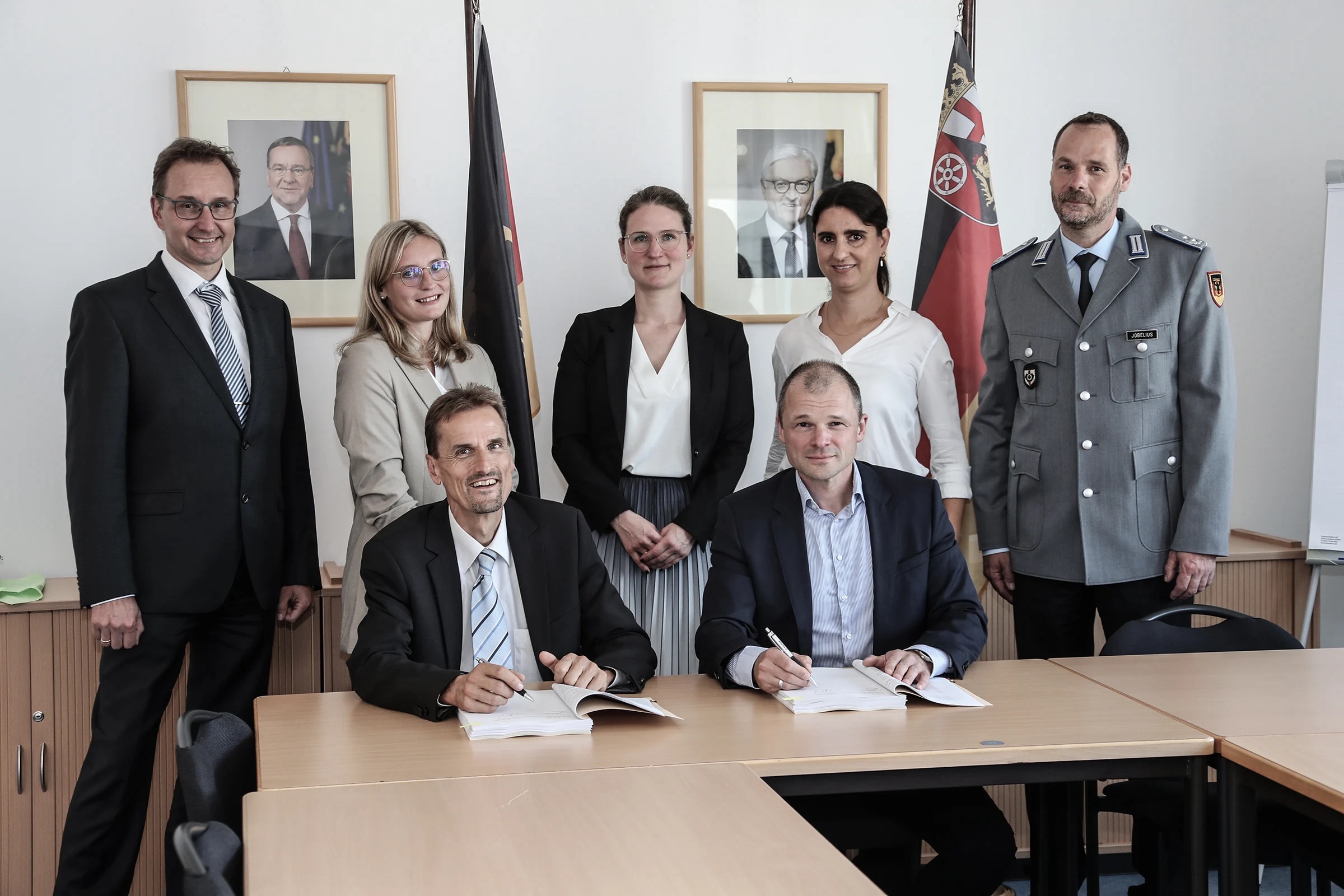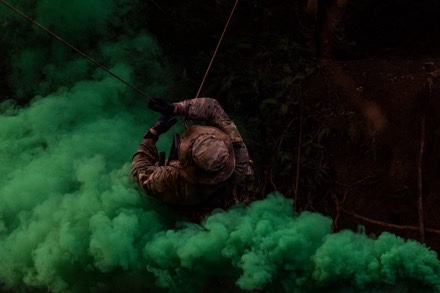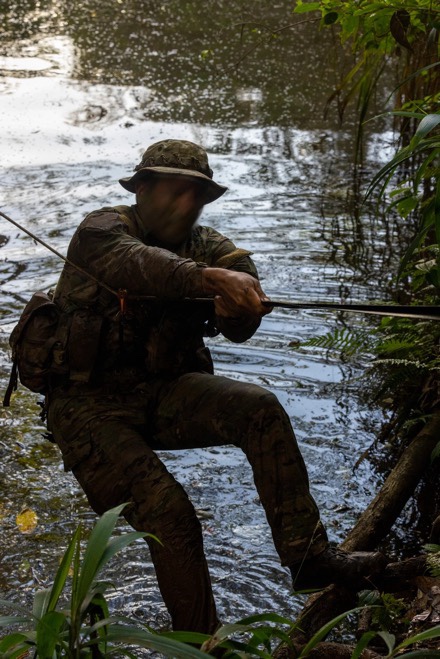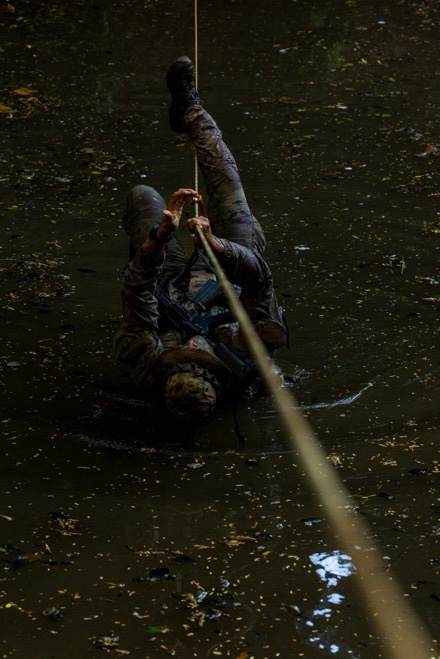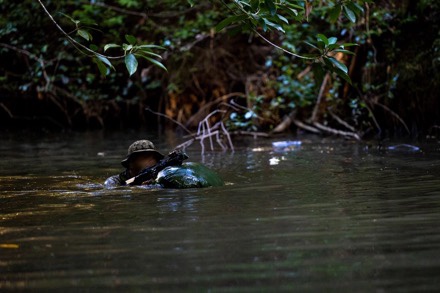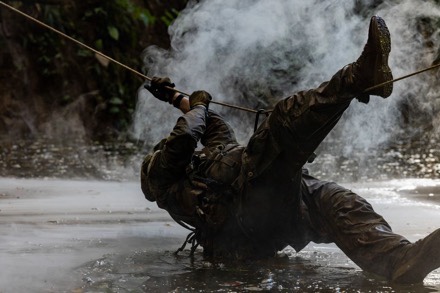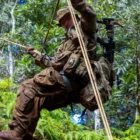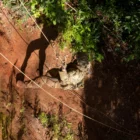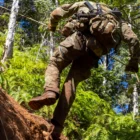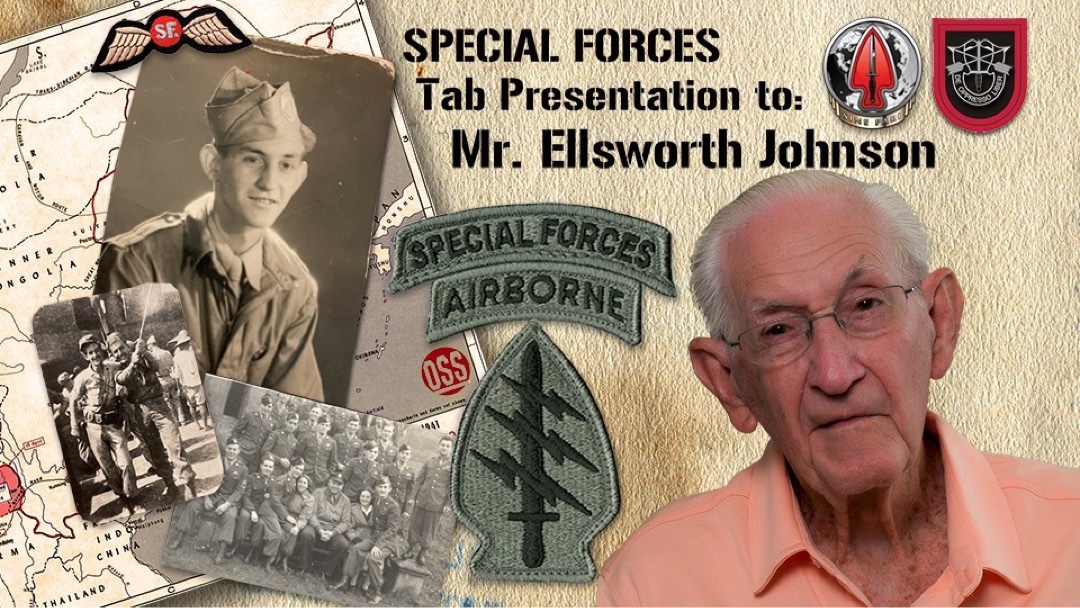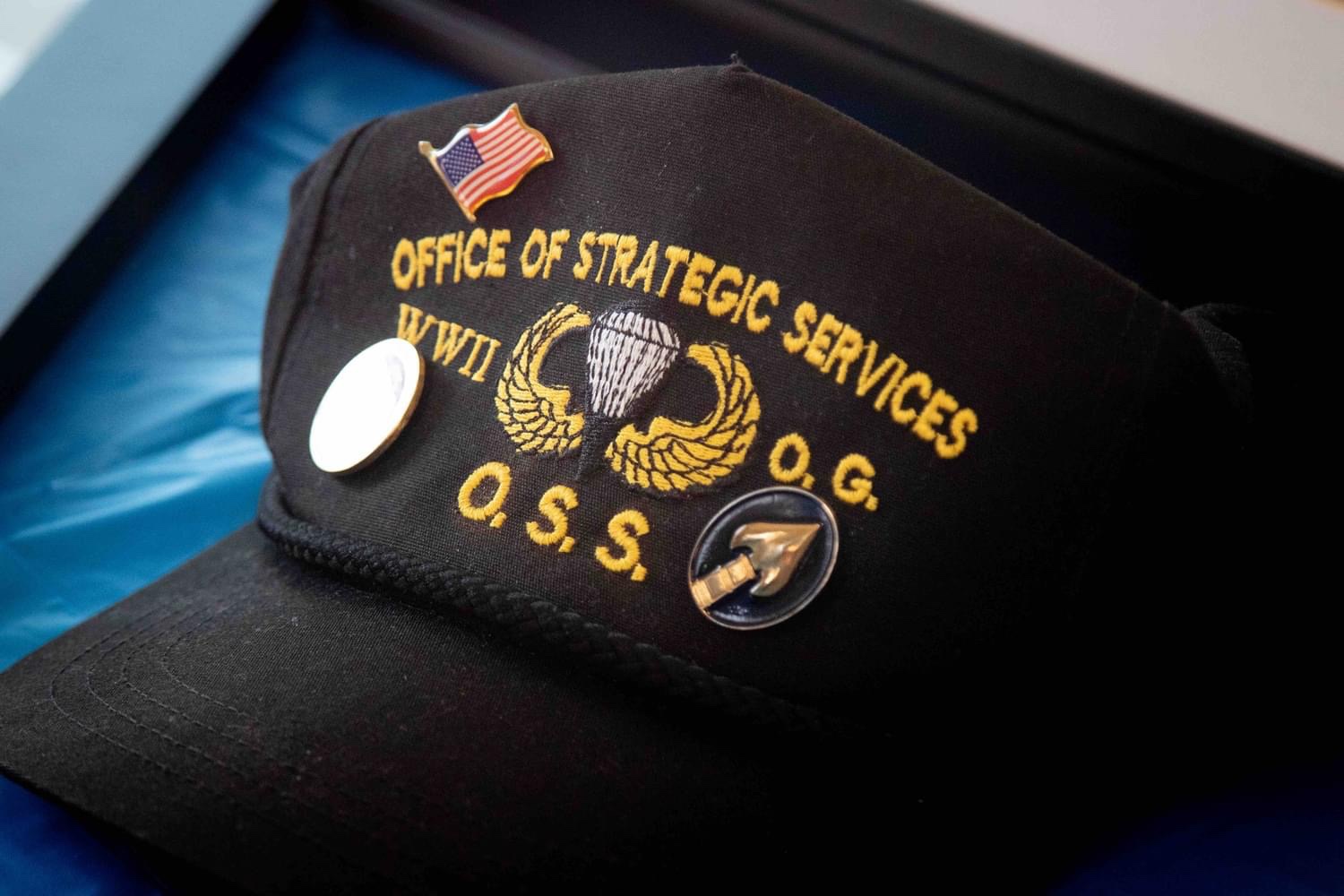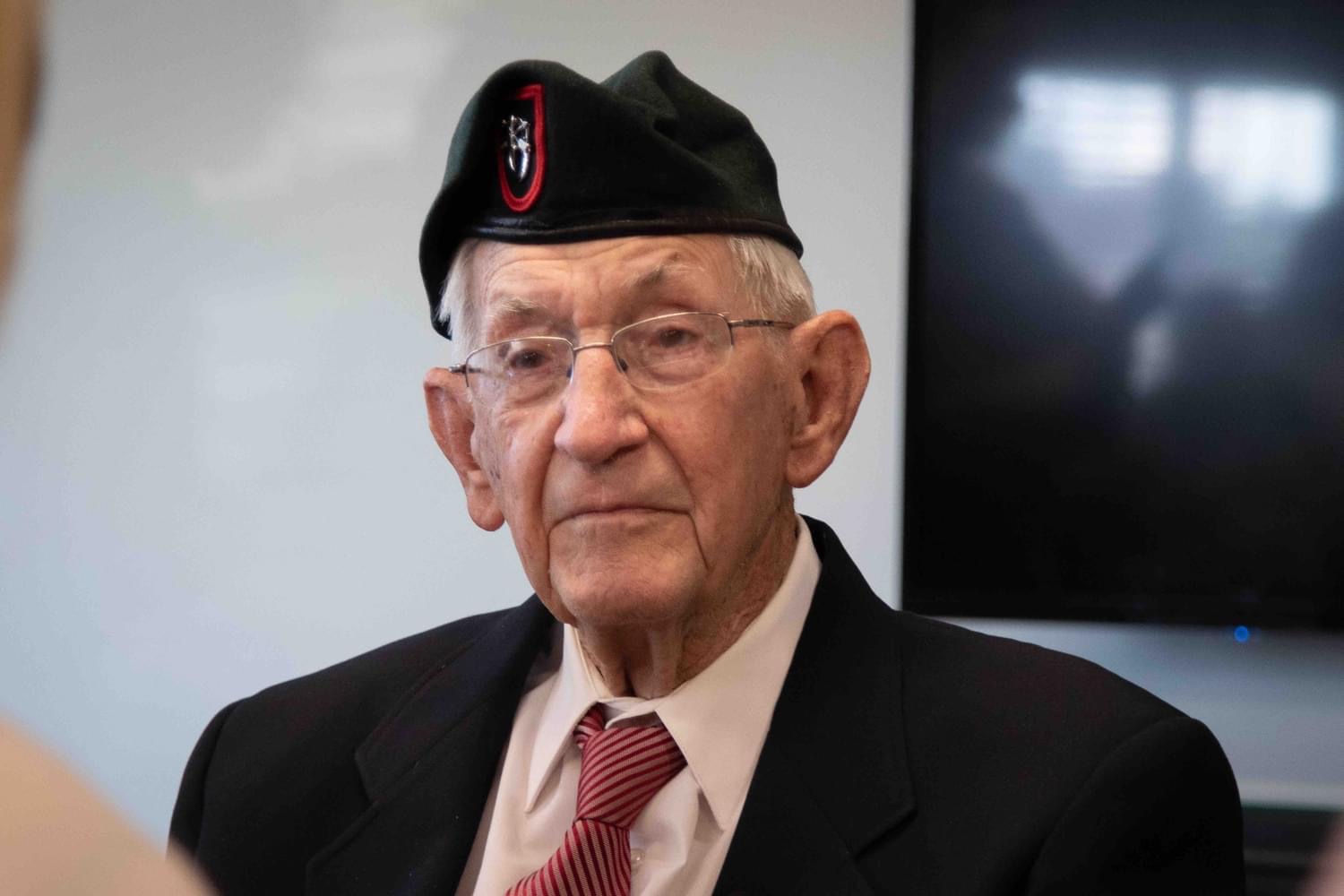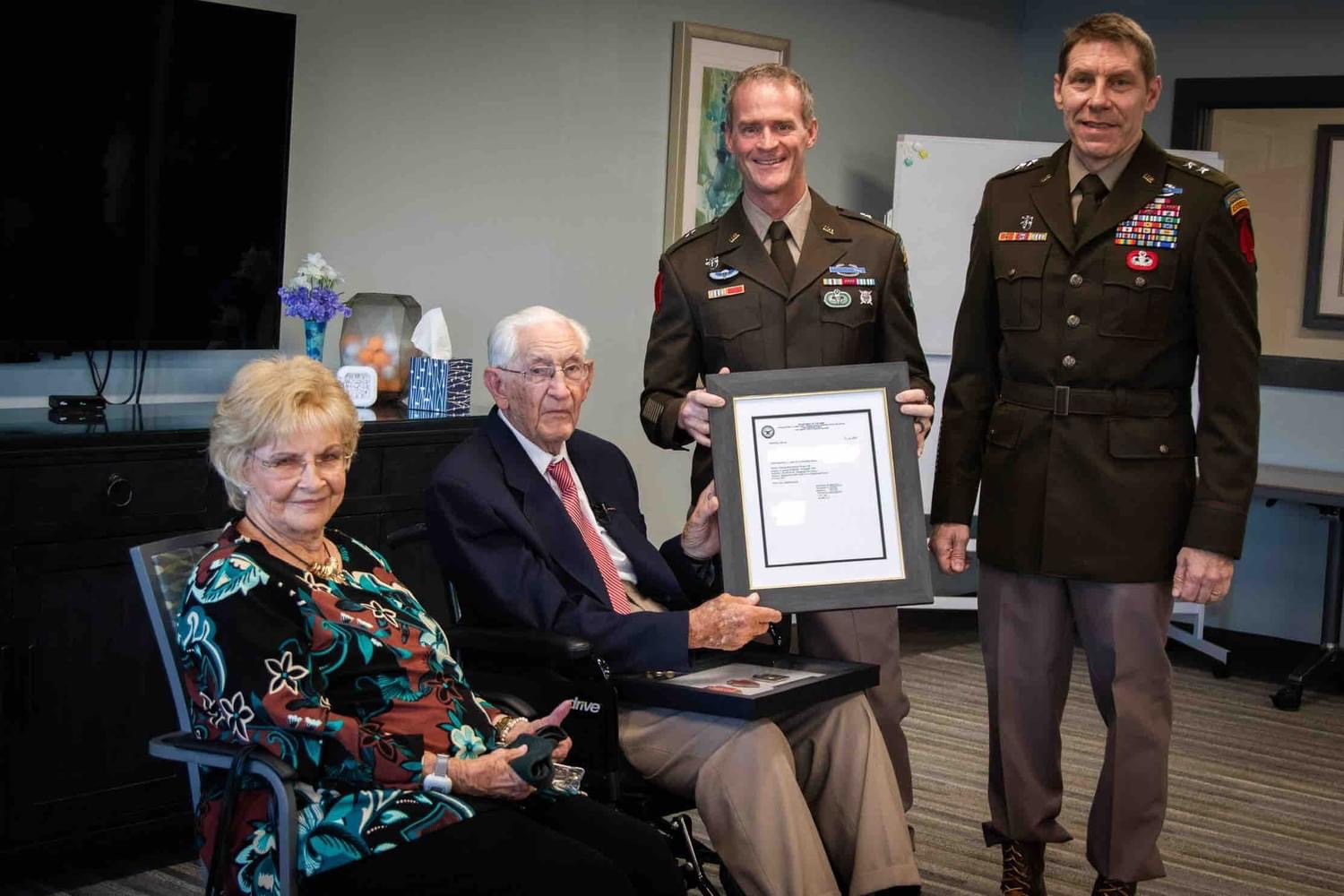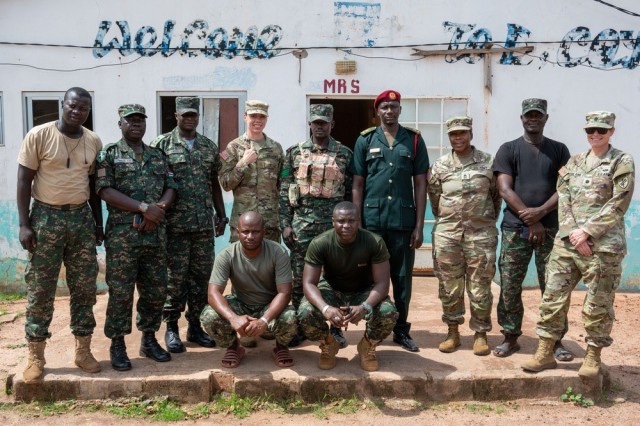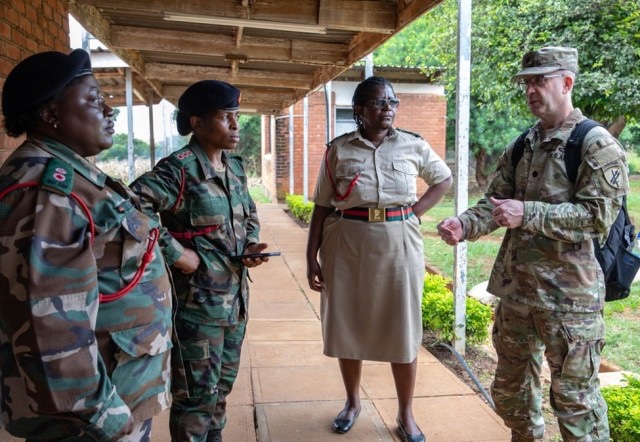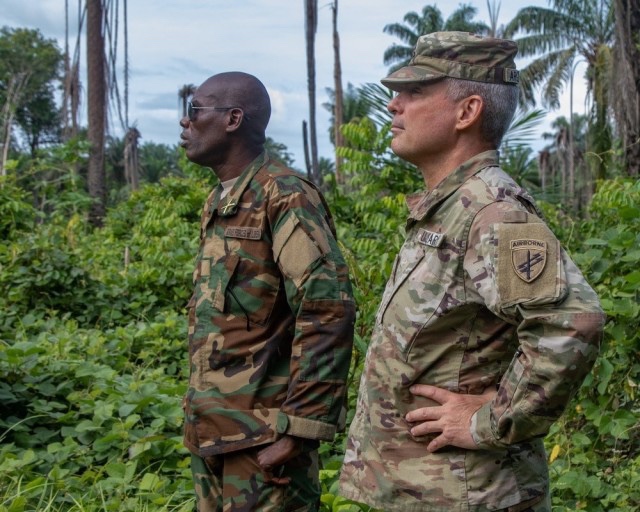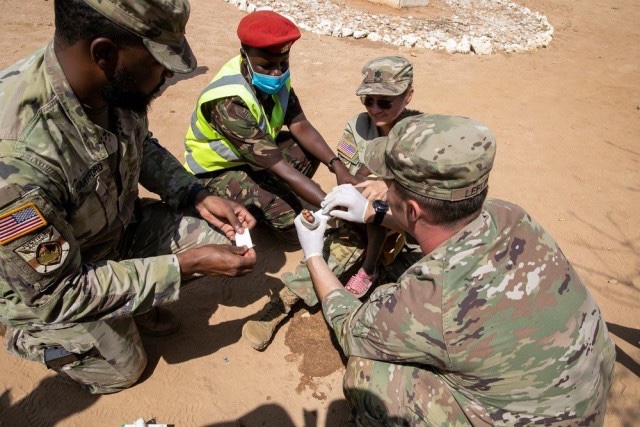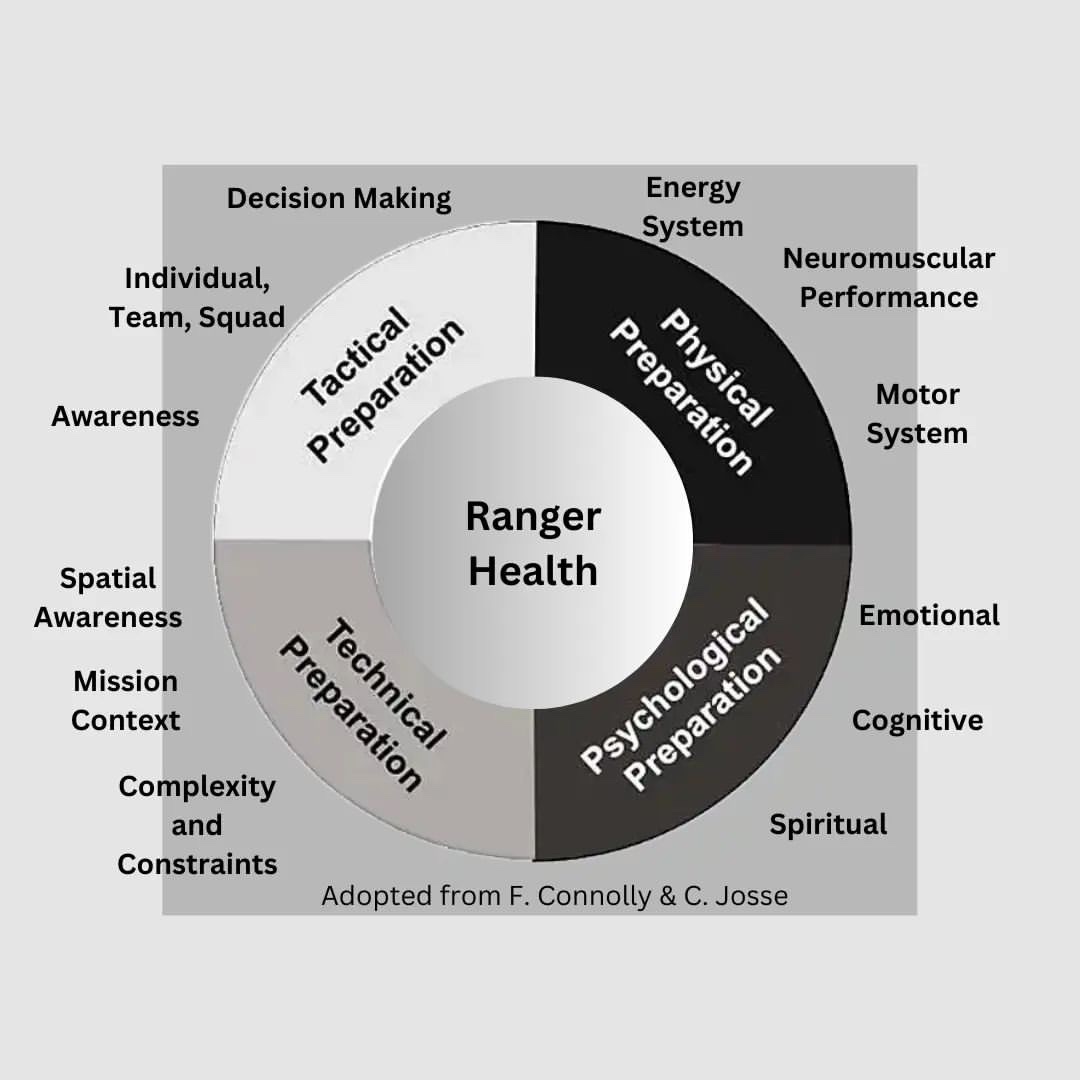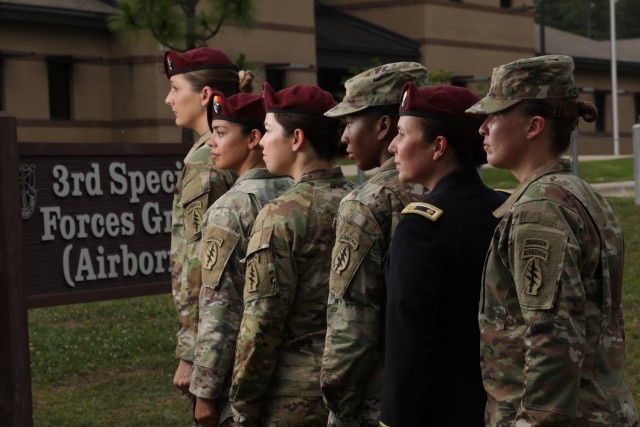
WASHINGTON — To better address obstacles facing female Soldiers serving in special operations units and to retain its top talent, Army Special Operations Command outlined 42 recommendations in a study released Monday.
The research’s findings will guide USASOC in optimizing female warfighters while noting their physical and anatomical differences.
“It is not about providing accommodations for women,” said USASOC Command Sgt. Maj. JoAnn Naumann. “It’s providing tools that allow women to maximize their performance and continue to serve at all levels and across time.”
During the yearlong study, researchers found that 44% of the female Soldiers surveyed said they experienced equipment-fitting challenges relating to body armor, helmets and ruck systems. The problem can impact women’s abilities to perform basic Soldier maneuvers and skills.
Female Soldiers also reported that the time they spent planning pregnancies negatively impacted their careers, leading to Soldiers scheduling childbearing around career milestones or avoiding pregnancy entirely, according to the 106-page report, titled, “Breaking Barriers: Women in Army Special Operations Forces.”
Researchers held more than 40 focus groups and interviews with women and men from across the force. The study focused on the areas of equipment fitting, childcare, gender bias, social support, sexual harassment, pregnancy and postpartum, and morale and wellbeing. Retired Lt. Gen. Francis Beaudette, former USASOC commander, initiated the 2021 study, which had more than 5,000 respondents. Additionally, the survey addressed other concerns including challenges of small-statured Soldiers and access to healthcare.
The study also explored attitudes towards females serving in combat and special operations units. The survey results showed Soldiers had a favorable view of women serving in special operations units with no reported decline in morale. About 72% of women and 64% of men surveyed said they would support their daughter joining Army special operations units.
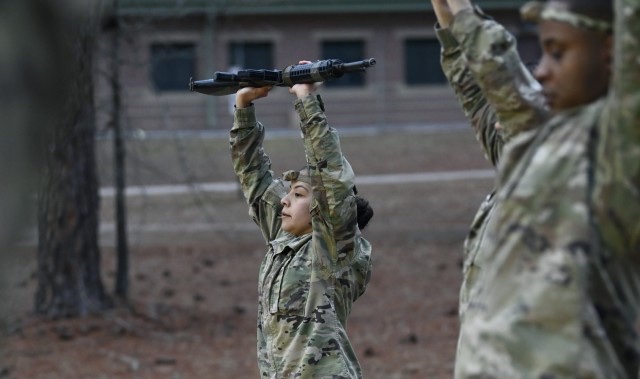
According to findings, 80% of men reported that gender-related concerns had no impact on their decision to remain in special operations forces. Researchers found most gender-biased comments and attitudes during the study came from senior NCOs, indicating a difference in generational views, Naumann said.
“Although disappointed by some of the findings and comments in the study, we are committed to addressing these issues with candor and transparency,” Lt. Gen. Jonathan Braga, USASOC commander wrote in the report’s introduction.
“To change culture takes time,” Braga added. “We have to be better — we must be better.”
The Women in ARSOF Initiative outlined three lines of effort to address the hurdles: mentorship and sponsorship, health and readiness, and modernization.
For mentorship and sponsorship, units can create a “culture of excellence” through education and accountability, said Lt. Col. Rachel Cepis, the director of the Women in ARSOF Initiative. For example, the Army can host more educational forums where Soldiers can learn how to schedule duties around breastfeeding or deal with postpartum related issues, as well as women’s health and nutrition.
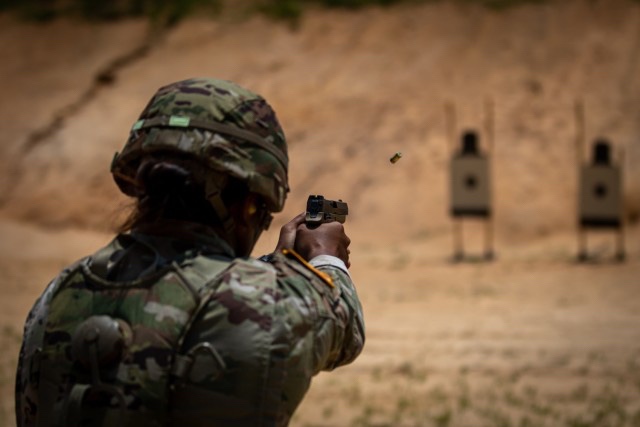
Survey participants that have had children listed the top five postpartum challenges: (1) depression, stress, and anxiety, (2) inability to perform to the same level as the unit, (3) lactation, (4) maternity leave, and (5) diastasis recti abdominus.
Focus group participants said they experienced hardship finding adequate care during and after pregnancy. Soldiers also voiced concerns about pregnancy hindering career progression and having adequate breastfeeding locations, as well as convalescent leave following miscarriages.
The 10th Special Forces Group at Fort Carson, Colorado began a female mentorship program, while the 3rd Special Forces Group and 528th Sustainment Brigade at Fort Liberty, North Carolina, plan to establish a similar initiative at each battalion headquarters. The 528th Sustainment Brigade also hosts monthly engagements with female Soldiers.
“We’re looking at it holistically. I’m excited to see the growth of women in our formation in all positions,” Cepis said. “And I’m thrilled that we’re looking at ways to help them perform at their maximum potential.”
“This is about driving change and making ultimately, ARSOF and the [Defense Department] better,” she added.
In the second line of effort, health and readiness, USASOC partnered with Army Research Institute of Environmental Medicine in Natick, Massachusetts to study physiological, metabolic and psychological responses during and after completion of extreme and prolonged training. USASOC has also submitted four topics to the Defense Advisory Committee on Women in the Services 2024 research solicitation: (1) women’s physical and physiological characteristics of elite female warfighters, (2) pregnancy and postpartum impacts on readiness, (3) long and short-term impacts of intentional dehydration, and (4) endocrine adaptations of female warfighters.
Cepis said USASOC is working with the Army, SOCOM, and academic partners to study the effects of menstrual cycles on female warfighters and ways to maximize performance. USASOC plans to examine sicknesses and illnesses that females suffer in the field and explore how to avoid musculoskeletal injuries related to female anatomy differences, she added.
Finally in modernization, the study recognizes the anatomical and anthropometric differences between men and women and Army Combat Capabilities Development Command [DEVCOM] at Aberdeen Proving Ground, Maryland will be modernizing dress and duty uniforms as well as body armor that better fits the varying body types and sizes.
USASOC has done limited user assessments with the Army Modular Scalable Body Armor, a lightweight, adjustable bulletproof vest, and the Army Integrated Helmet Protection System, a multi-faceted head gear, which consists of protection and retention systems, a helmet cover and hearing protection.
The Women in ARSOF Director has partnered with DEVCOM to better develop items ranging from pregnant female service uniforms to female urinary devices.
USASOC founded the Women in ARSOF Initiative to specifically study female-modernization challenges while advising Army and SOF senior leaders. ARSOF also began publishing a newsletter series, created an online platform and developed a portal site to keep Soldiers updated on the study findings and ongoing efforts.
“I have never felt so heard and understood in my career until [the newsletter] started being published,” wrote a 25-year-old Soldier who has spent five years in special operations forces.
USASOC, headquartered at Fort Liberty, North Carolina, trains, equips and educates special operations units in support of the joint force.
By Joe Lacdan, Army News Service
